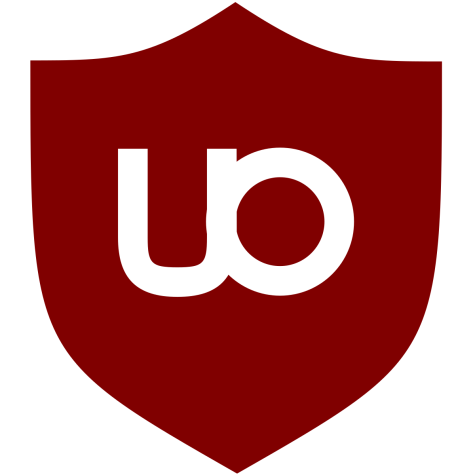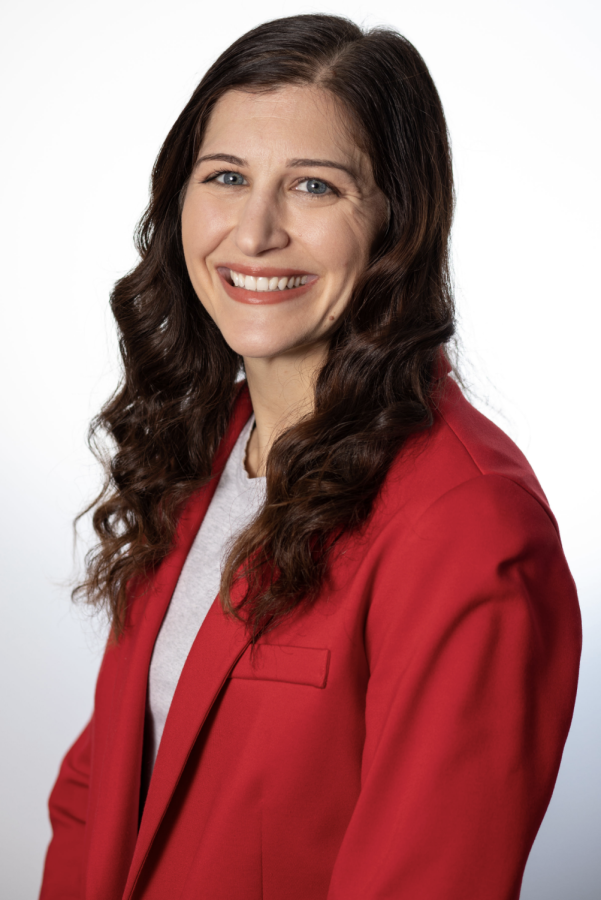Teaching with Technology: Adapting to a New Landscape
November 2, 2022
With the hiring of Mrs. Affronti as Victor’s Director of Technology in July 2020, there have been numerous changes to the school’s tech landscape over the past couple of years. Mrs. Affronti specializes in instructional technology, which refers to how technology should be used and managed in education.
Since Mrs. Affronti’s arrival, the district has acquired a lot of new educational technology. Victor’s one-to-one policy best reflects the changes she has made. One-to-one refers to the pursuit of a one-device per-student plan. Requiring thousands of Chromebooks, one-to-one has been a considerable investment. “We look at a Chromebook almost like a textbook these days,” says Mrs. Affronti. Instructional technology in the classroom leads to increased student engagement and efficiency.
As old classroom projectors die, they are replaced with interactive flat screens as a part of this new direction. You may have seen them in some classrooms, cementing the end of Smart Boards and projectors that no longer function. Over 100 interactive flat screens have been rolled out so far, with 50 more on the way. Mrs. Affronti hopes to have an interactive flat screen in nearly every classroom by June 2024.
With technology’s increasing importance, classes like Sports & Entertainment Marketing rely heavily on the Internet for news and media. Unfortunately, there are often disruptive and inappropriate advertisements that play before videos and surround websites. Advertisements can include alcohol and partial nudity. These advertisements create distractions for students and consume valuable learning time. While administrators focus on blocking flash games, they have neglected the impact of advertising on student learning.
A solution to this problem came out almost a decade ago in the form of browser extensions such as AdBlock Plus and uBlock Origin. These extensions take a few clicks to install and

automatically block all advertising, including advertisements on YouTube videos. uBlock Origin goes a step further and blocks trackers as well.
Before 2020, students and teachers could install these extensions freely. The Chrome web store, where these extensions can be downloaded, is now locked down for students and staff. Students were left with a small list of approved extensions including Grammarly and Kami.
When I sat down with Mrs. Affronti, I intended to have a conversation about the disruptions

caused by advertising in classrooms and how that has shifted with the integration of technology. However, when I asked about Adblock and uBlock, she wasn’t familiar. “I’ve never used them… so I can’t really speak on them.”
In 2016, AdBlock Plus exceeded over 500 million downloads, and according to
AudienceProject, it is estimated that 40% of all American Internet users reported using an ad-blocker. Ad-blockers are a well-known tool that makes internet browsing faster and more convenient.
There is a way to get extensions like ad blockers allowed on school accounts, but it isn’t an effortless process. Students can work with a teacher to submit a help ticket to Mrs. Affronti’s office. “If there’s an extension that a teacher needs, for whatever reason… they can always contact my office…I don’t want people to think it [the Chrome web store] is completely closed off.”
As an alternative, Mrs. Affronti suggested that teachers could use EdPuzzle, a service that allows you to turn YouTube videos into interactive lessons, to avoid advertisements. While EdPuzzle was essential during hybrid learning, teachers have moved away from it due to its inconveniences.
Rather than discussing advertising, the conversation moved to the Chrome extension vetting process and student privacy. New York State Education Law 2-d, passed in 2014, essentially provides guidance for educational institutions working with third parties to protect student data and privacy. This law is at the center of the process Mrs. Affronti described: “We don’t want students to download an extension and upload their name, address, date of birth, social security number, etc.”
To get an extension approved, there is a student privacy evaluation. The vendor of the extension is asked to sign a contract in which they commit to never sharing students’ information. Grammarly, for example, has a universal commitment to protecting user data.

Both AdBlock Plus and uBlock Origin have made similar commitments. Although there is some implied flexibility in the process: “Regarding law 2-d, we’re always evolving and looking at different software and different things to meet student needs.” Mrs. Affronti
Mrs. Affronti doesn’t work alone in the rollout of these changes and updates in instructional technology: “There’s been so many initiatives that I would say are not just me; Our initiatives are collaborative in nature.” No matter how many Chromebooks or flat screens get pushed out, both students and teachers have to adapt to technology and the challenges they bring.


